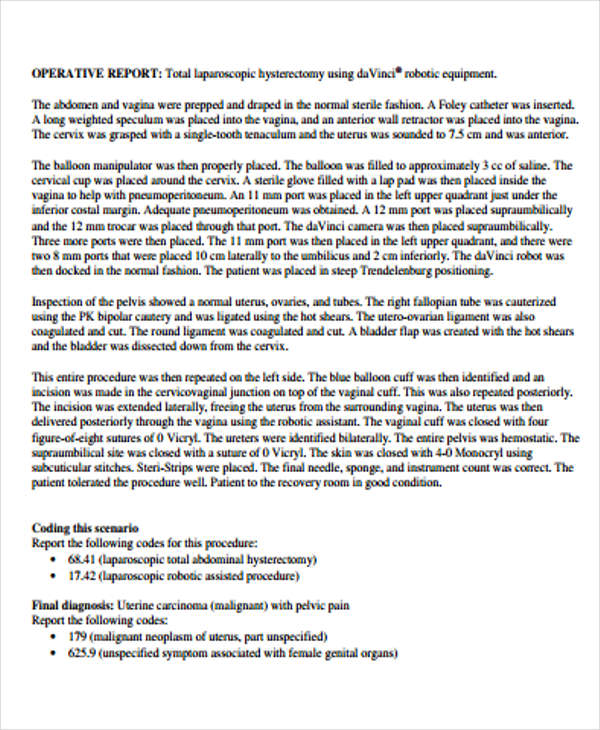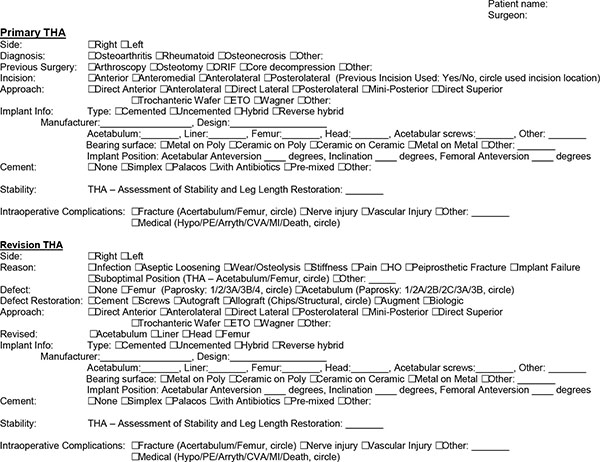

Once the scapula could be seen the baby was gently rotated and both arms were delivered using the loveseat maneuver. With gentle pressure the legs and body gradually delivered. Fundal pressure was continued and both legs were extended using the pinard maneuver. The fetal buttocks were palpated and delivered gradually through the hysterotomy.

The head was delivered without difficulty and the rest of the body followed easily. The fetus was presenting as a (vertex/breech/transverse). The uterine incision was extended (bluntly/with bandage scissors). The lower segment was assessed and a low transverse incision was made. The vesicouterine peritoneum was dissected off the lower uterine segment.

The peritoneum was opened taking care not to injure the bladder. The fascia was incised transversely and dissected off the rectus muscle using (blunt/sharp) dissection. The incision was carried down to the fascia with (sharp dissection/cautery). A (Pfannensteil/midline) incision was made (through the patients previous incision). Under (spinal/epidural/general) anaesthetic with a foley catheter inserted, the patient was prepped and draped in the usual sterile fashion in the supine position with a leftward tilt. Following discussion of the nature of cesarean section and possible complications consent was obtained. The vertex was at spines at minus 1 and OP/deflexed. She had oxytocin augmentation and progressed from 3 to 5 cm over 4 hours however there was no change in dilation over the following four hours. _ is a 25 year old G1 who presented to L&D on (date) in spontaneous labour at 38 weeks. PreOp Dx: _ (Failure to Progress, NRFHR, Breech, etc) PostOp Dx: Same + live BB male/female Operation: Low transverse cesarean section Operative Findings: Thin anterior lower segmentĬlinical Note: Ms.


 0 kommentar(er)
0 kommentar(er)
